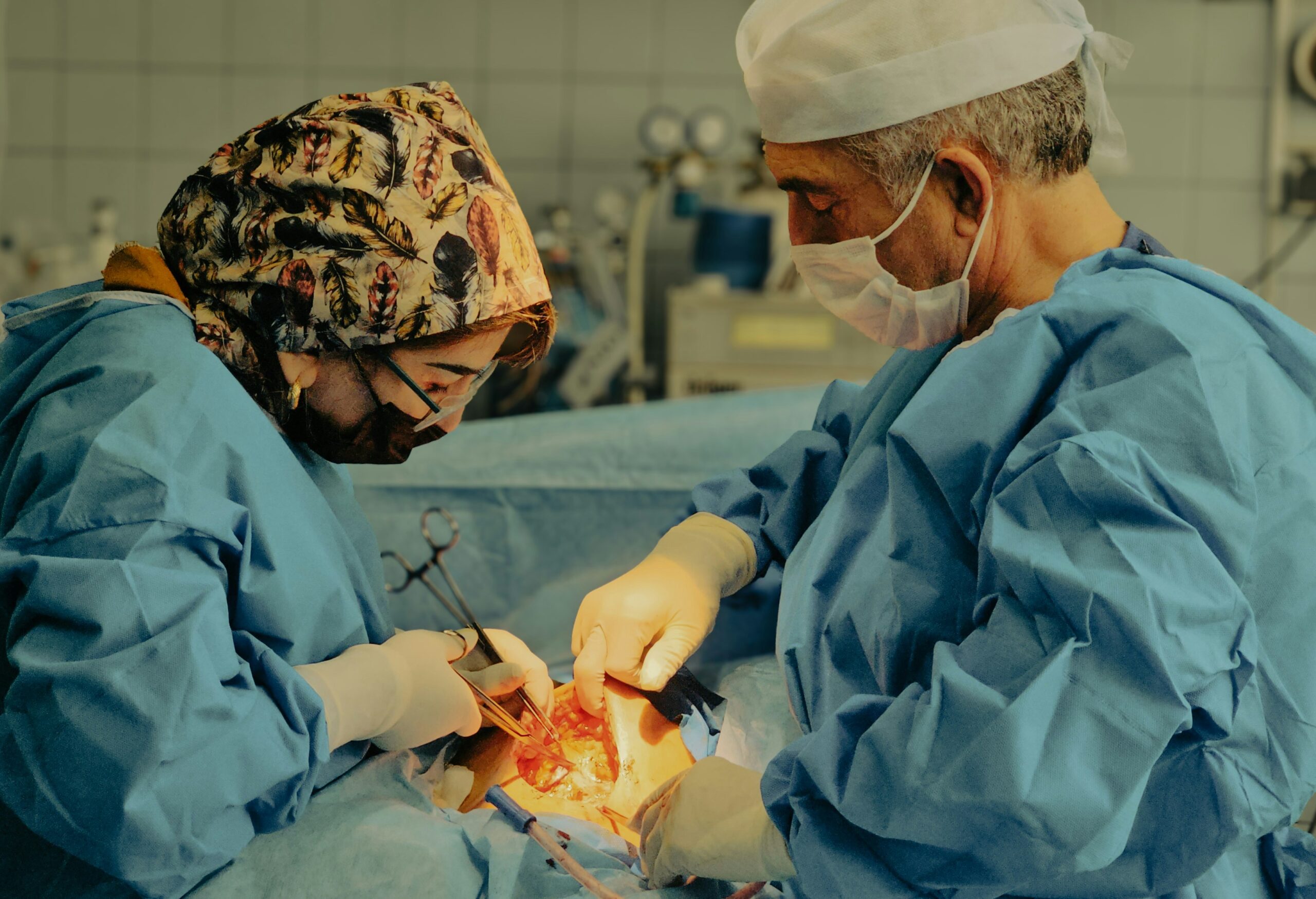
Cardiac surgery has evolved dramatically over the past century, thanks to groundbreaking contributions from surgeons, researchers, and institutions across the globe. This medical field has seen remarkable progress that has saved countless lives and improved the quality of life for millions. The combined efforts at both national and international levels have driven innovations in techniques, technology, and patient care protocols. Exploring these contributions reveals how collaboration and knowledge sharing transcend borders to advance cardiac surgery worldwide.
Pioneering Innovations in Cardiac Surgery
Pioneering surgeons who challenged the limits of medicine laid the foundations of modern cardiac surgery. Nationally, surgeons in the United States played a pivotal role in developing early open-heart surgery techniques. In the 1950s, John Gibbon introduced the heart-lung machine, revolutionizing cardiac surgery. This machine allowed surgeons to perform operations on a still heart with a steady blood supply. This innovation paved the way for more complex procedures such as valve replacements and coronary artery bypass grafting.
Surgeons in Europe and other parts of the world made equally significant strides internationally. For example, Sir Magdi Yacoub contributed significantly to heart transplantation and valve repair techniques in the United Kingdom. His work improved the success rates and accessibility of heart transplants, which remain a vital option for patients with end-stage heart failure. Similarly, surgeons in Japan and other Asian countries have advanced minimally invasive cardiac surgery, reducing recovery times and improving patient outcomes globally. These innovations demonstrate how knowledge exchange has fueled continuous improvement in surgical methods.
Advancements in Cardiac Surgery Technology
Technology has played a central role in transforming cardiac surgery, with contributions from various countries. In the United States, companies and research institutions have led the development of advanced surgical tools, imaging technologies, and robotics. Integrating 3D imaging and robotic assistance has allowed surgeons to perform precise, less invasive procedures, reducing patient risks and hospital stays. These technological breakthroughs are often the result of collaborations between clinicians and engineers working in national research centers and universities.
On the international stage, Germany has been influential in developing mechanical circulatory support devices, such as ventricular assist devices (VADs). These devices help sustain heart function for patients awaiting transplants or those who are not transplant candidates. This advancement has expanded treatment options and improved survival rates for patients with severe cardiac disease. Across the globe, countries have also contributed to refining pacemaker technology, cardiac resynchronization therapy, and other device-based treatments. The sharing of technology and expertise between nations continues accelerating progress in cardiac surgery and patient care.
Training and Education: Building a Global Community
The development of cardiac surgery owes much to the global emphasis on education and training. Nationally, medical schools and teaching hospitals in the United States and Canada have established rigorous cardiac surgery residency programs. These programs combine hands-on surgical training with research opportunities, producing highly skilled surgeons prepared to tackle complex cases. Continuing medical education and national conferences also help surgeons stay updated on the latest techniques and research findings.
Cardiac surgery education has flourished internationally through global partnerships, exchange programs, and international societies. The World Society for Cardiovascular Surgery and other organizations facilitate knowledge sharing by hosting conferences, publishing research, and providing online resources. Many developing countries have benefited from training collaborations with established cardiac surgery centers, helping to build local expertise and improve healthcare access. This worldwide education network ensures that advancements are disseminated broadly and that patients everywhere can receive state-of-the-art care.
Research Contributions Driving Clinical Advances
Both national and international research efforts have been critical in driving clinical advances in cardiac surgery. Large-scale clinical trials funded by the National Institutes of Health (NIH) and other agencies have shaped evidence-based practices in the United States. These studies evaluate the effectiveness of new surgical techniques, medications, and postoperative care protocols, improving patient safety and outcomes. Researchers in academic medical centers continuously investigate tissue engineering, regenerative medicine, and genetic factors influencing cardiac disease.
Internationally, research institutions across Europe, Asia, and South America have contributed unique insights into cardiac health and surgery. Multinational studies help identify variations in disease prevalence, risk factors, and responses to treatment. For instance, research on rheumatic heart disease, which remains prevalent in certain regions, has led to tailored surgical approaches and prevention strategies. The collaboration among researchers worldwide enhances the understanding of heart disease in diverse populations, supporting the development of more personalized treatments.
Expanding Access and Addressing Global Challenges
While cardiac surgery has made significant strides, challenges remain in ensuring equitable access to these life-saving procedures. National health systems vary in capacity to provide advanced cardiac care, with disparities often linked to economic resources and infrastructure. Efforts within countries focus on expanding cardiac surgery centers, training more specialists, and improving healthcare delivery to underserved populations.
On the international front, global health initiatives aim to address these disparities by supporting cardiac surgery programs in low- and middle-income countries. Organizations such as the Global Cardiac Surgery Initiative work to provide equipment, training, and expertise to regions with limited access. Telemedicine and virtual training programs have also emerged as valuable tools for extending the reach of cardiac surgical care and education. These collaborative efforts underscore the shared responsibility among nations to improve cardiac health outcomes worldwide.